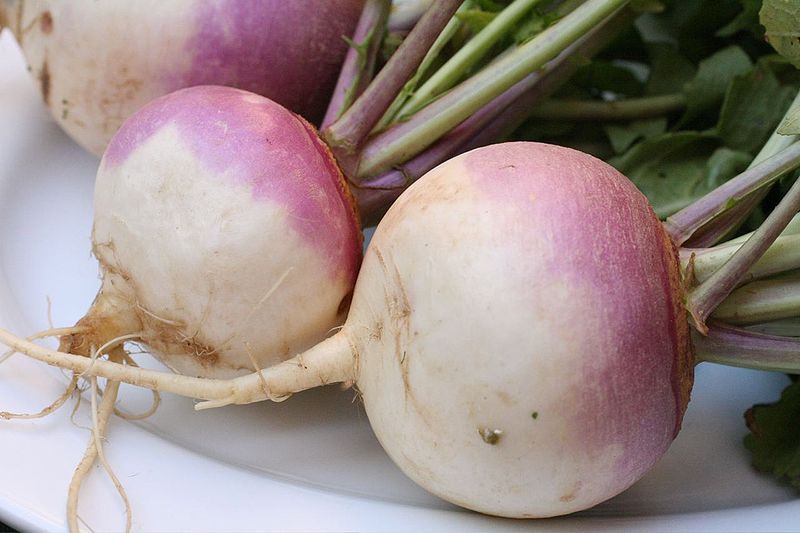-
 Electrolysis
Electrolysis
-
 M65
M65
-
 Electronic message service
Electronic message service
-
 Oat
Oat
-
 Ng, Np, Nm
Ng, Np, Nm
-
 Ligo
Ligo
-
 Bethe cycle
Bethe cycle
-
 Stolon
Stolon
-
 Caudiciform
Caudiciform
-
 Pliocene
Pliocene
-
 Arginine
Arginine
-
 Hydro-injector
Hydro-injector
-
 Expectoration
Expectoration
-
 Bearer service
Bearer service
-
 Pathogen
Pathogen
-
 Rodenticide
Rodenticide
-
 FSC
FSC
-
 Barotrauma
Barotrauma
-
 Gait
Gait
-
 Triple play
Triple play
-
 Variable
Variable
-
 Erythroenzymopathy
Erythroenzymopathy
-
 Cholesterol
Cholesterol
-
 Citric acid cycle
Citric acid cycle
-
 Kelvin's postulate
Kelvin's postulate
-
 Ion channels
Ion channels
-
 Thermal insulator
Thermal insulator
-
 Radioactivity
Radioactivity
-
 Serpentine
Serpentine
-
 Lipophile
Lipophile
Turnip
Turnip season
The turnip is a vegetable harvested twice per year in late spring and in winter.
Nutritional value of turnips
Turnips contain very low amounts of energy (18 kilocalories per 100 grammes). In addition to vitamin C and B, note that turnips contain a good amount of trace elements, calcium, potassium and fibre. Turnips also contain a large quantity of glucosinolate, which makes the vegetable difficult to digest but also gives it anti cancer properties.
Turnip varieties
The most common turnip varieties include:
- The Milan, turnip which is white with a violet collar and a round, flattened shape;
- the round Nancy and Norfolk turnips;
- the white and elongated Nantais and Croissy turnips.
The yellow turnip (golden ball) and the long and black turnip are more rare varieties.
Choosing and cooking turnips
Choose firm, heavy bright coloured turnips with nicely smooth skin. Buy young vegetables, as the older ones may be spongy.
Depending on the country, turnips are prepared in different ways: cooked in a pot-au-feu, grated, puréed or used as a condiment.
 Turnips are a root vegetable. © Wikimedia Commons
Turnips are a root vegetable. © Wikimedia Commons
Latest
Fill out my online form.



